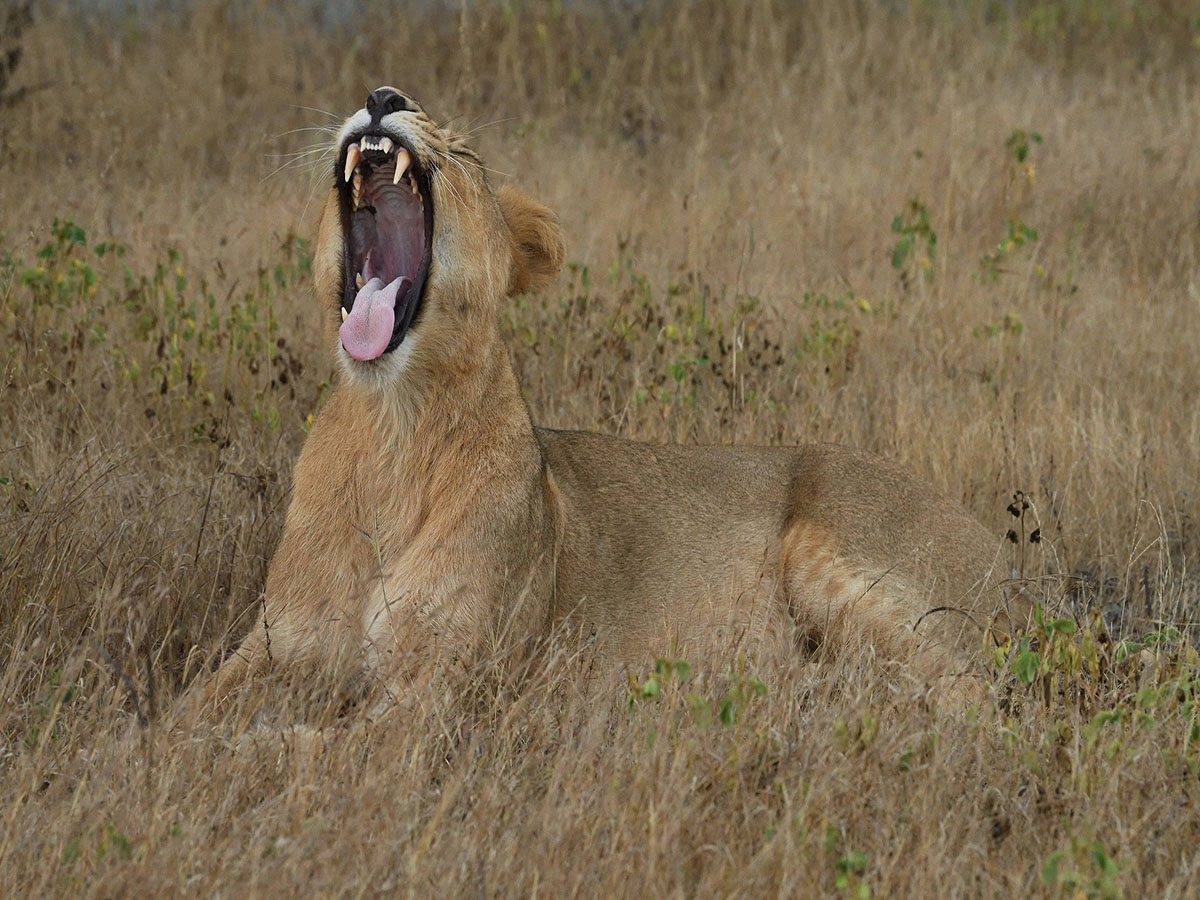
New Delhi: Seven big cats have died in around two-and-a-half years at the Delhi zoo which is a participant in the conservation breeding of Asiatic lions and Bengal tigers.
According to records, of the seven big cats, at least four died due to kidney dysfunction.
“Big cats in captivity are very much prone to kidney ailments. Furthermore, lack of enrichment tools and exercise, obesity, and stereotypic behaviour has been observed in big cats in captivity.
“To address this, special emphasis has been given in providing diverse food (adding chevon) and putting enrichment tools in big cats in particular. Routine investigation (blood parameters) helps in checking health. Creatine: albumin ratio in urine has been found effective in early diagnosis of kidney ailments,” the zoo’s annual report for 2020-21 read.
Delhi Zoo Director Dharamdeo Rai, who took charge on February 21, said the issue needs to be studied in detail.
“We will try to find out more about their lineage and progeny, and look into the causes of death before we can conclude anything,” he said.
The latest death was recorded on January 10 when an eight-year-old lioness, Hema, died due to “multiple organ failure”, an official said.
Hema and a lion, Aman, were brought from Chhatbir Zoo, Chandigarh, in 2015. Aman died on May 9 last year apparently due to cardiac arrest.
The lion had shown signs of infections, chronic bronchitis, physiological abnormalities and complexities in multiple organs, according to officials.
A six-year-old white tigress named Nirbhaya had died due to “acute cardiac failure” on December 14, 2020, four days after giving birth to two cubs, zoo records show.
One of the cubs died while a C-section was being performed on Nirbhaya, the other died 19 days later.
A 15-year-old Bengal tiger, ‘B-2’ or Bittu, died on November 19, 2020, due to “chronic kidney disorder” and age-related issues. ‘B-2’, brought from Van Vihar Zoo, Bhopal, in 2014, had completed his average life span.
A Bengal tiger has an average lifespan of eight to 10 years in the wild. The maximum lifespan of the animal is about 15 years.
On October 7, 2020, 11-year-old lioness Akhila, who had been suffering from paralysis for nine years, died due to “acute kidney failure”.
Akhila was born in the zoo on May 19, 2009. She had developed “nervine disorders and hindquarter paralysis” at an early age, according to officials.
A 13-year-old white tigress named Kalpana had died in the zoo on April 23, 2020. It had died due to “renal failure”.
Kidney failure was also the reason for the death of an eight-year-old Bengal tiger, Rama, on September 20, 2019. The tiger was brought from the Mysore zoo in 2014.
A blood report had indicated very high phosphorous content and creatinine levels impacted the functioning of the kidneys, officials said.
The facility had got one lion and two lionesses from Kevadia and Sakkarbaug in Gujarat for breeding purposes in September last year.
In October, it got two tigresses from the Gorewada wildlife rescue centre in Maharashtra.
At present, the Delhi zoo has five white tigers — three males and two females — and four Bengal tigers –three females and a male.
It also has four lions — two males and females each.
According to the Central Zoo Authority, the Conservation Breeding Programme is the science of conserving a species by preventing imminent population collapse in the wild due to a large number of eliminative pressures such as habitat loss, habitat fragmentation, industrialization, poaching, illegal trade and climate change.



